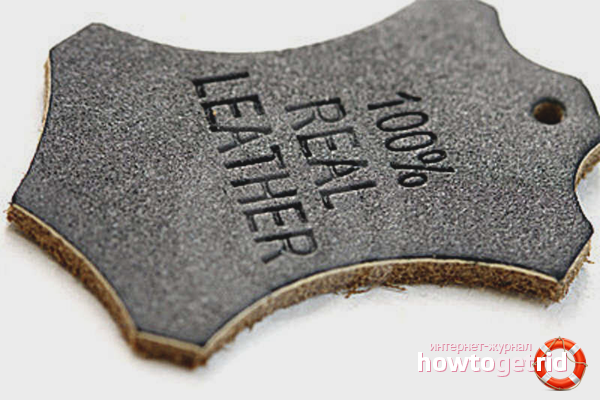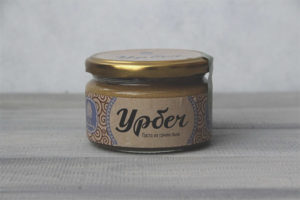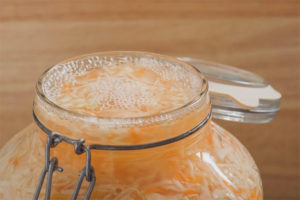The content of the article
Modern technologies make it possible to achieve such a level of skill in light industry that things made of artificial leather are almost impossible to distinguish from natural materials. However, the quality of synthetic raw materials is still significantly different from the original, not to mention the price. Having bought boots made of artificial leather, do not be surprised if they do not survive until the end of the season. The same applies to bags, straps, jackets, etc. Unscrupulous sellers, who have high-quality artificial leather products in their hands, often pass them off as natural, thereby increasing the cost by several times. To avoid misunderstandings, disappointments and unnecessary purchases, you should learn to distinguish between genuine leather and fake, as well as know the external signs of different types of skin.
Genuine leather: appearance and dressing
Genuine leather is a material obtained by processing animal skins - sheep, goats, cows, pigs. It is valued in the light industry for its high technological characteristics: environmental friendliness, softness, elasticity, ability to keep in shape, attractive appearance and unique aroma. You can determine the type of skin using measure, traces of hair follicles on the surface of the skin, forming a special intricate pattern. It remains after hair removal in place of the hair bags. The porous surface of genuine leather is due to the interweaving of collagen fibers, a natural protein that forms the basis of the skin. Entwined with each other, the fibers form bundles and voids, causing an uneven skin texture. Depending on the age of the beast and on the method of dressing, the skin has a different thickness, elasticity and other characteristics. One of the differences between genuine leather and artificial leather is tanning - the transformation of ordinary skins into leather. The following types of tanning are available:
- Chrome tanning is carried out using various chromium compounds. The skin is very strong, breathable, elastic. Among the disadvantages, excessive hygroscopicity, moisture permeability, inability to keep shape and embossing can be noted. Chrome leather has a gray tint.
- Aluminum tanning applies only to husk skin, i.e. skin of a young sheep or goat. The skin is incredibly soft, delicate and thin. Gloves are mainly made from it. It is not suitable for the production of shoes, because it absorbs water, losing tannins, and when dried it becomes rough and becomes covered with cracks.
- Fat tanning with fats of marine animals (seals, whales, fur seals) or fish is used to obtain suede - a very durable waterproof skin with a fleecy surface. Suede has a natural yellow or beige hue. It stretches well and does not absorb water.
- Combined tanning combines the use of mineral and artificial tanning agents, resulting in a reduction in the cost of the product. With this type of dressing, raw materials are obtained for the manufacture of straps, wallets, purses, purses, etc.
- Chromosirconosynthane and chromotitanzirconium tanning involves the use of titanium and zirconium tanning agents to obtain fine light skin with high technical characteristics. However, the final product is not only beautiful, but also expensive.
Imitation leather: appearance and dressing
Artificial leather is obtained from composite polymeric materials, has a fibrous base, or dispenses with it.The main difference from the natural analogue is the absence of a porous structure. Depending on the polymer used, artificial leather is of the following types:
- based on polyurethane
- based on polyvinyl chloride
- based on polyacetate
- based on nitrocellulose
- based on thermoplastic elastomers
- rubber based
Artificial leather is in some ways superior to natural material. It is produced not in uneven pieces, but in rolls of the correct geometric shape without flaws, therefore it is easier to work with synthetic materials. Thanks to various additives, leatherette is wear-resistant, does not absorb moisture, and is resistant to temperature extremes. Nevertheless, non-natural material is significantly inferior in price to its natural counterpart, therefore it is worth mastering the skills of distinguishing so as not to acquire a substitute, albeit a high-quality one.
What are the ways to distinguish genuine leather from artificial
There are many ways to determine the authenticity of the skin. These include the following:
- Label inscriptions will help determine the origin of the material: Genuine Leather in English, Echtes Leder in German, Cuir in French means “genuine leather”.
- The bent edges of the product will also indicate the naturalness of the material: the seam or hem in genuine leather will be thick and convex, in artificial material it is usually soldered into the thing.
- Look into the pores on the surface of the skin. For natural raw materials, they are located in a chaotic order, while for artificial raw materials they are located at the same distance from each other.
- Slide your fingers across the surface of the product. Natural material always seems rougher and tougher, and artificial leather is softer and smoother.
- Press on the toe of the shoe: if wrinkles appear on it for a while, but they quickly disappear and the surface becomes completely smooth, before you are boots made of genuine leather. If the dent retained its shape, and the place of pressing was covered with small cracks, this indicates the unnatural origin of the material. In principle, such shoes can be attributed to the season, but after a few weeks of wearing it will have a very battered look. Artificial leather does not withstand loads, paint quickly peels off, it fades and shrinks.
- You can check the product with the heat of your hands. Touch the bag (wallet, gloves, boots) with your palm and hold it for a few seconds. The natural material will heat up and there will be no evaporation on it. Artificial leather will begin to cool, and a wet spot will become noticeable along the contour of the palm.
- Leatherette has a special “chemical” smell, and genuine leather exudes a rather pleasant natural aroma of the processed material.
- A skin cut will help to recognize the original from a substitute. In natural raw materials, it does not have layers, and in synthetic materials, the base, layer and top layer will be visible.
- Genuine leather does not absorb water. Drop water onto the product: if a drop has rolled off the surface, you have 100% leather in front of you, and if the water has absorbed, there is a high probability of artificial raw materials.
To be sure of the origin of the skin, rely on time-tested methods: carefully examine the seams, look at the skin pattern, and feel its structure with your fingers. Natural shoes are much more reliable than artificial ones, and like gloves will not be demolished for decades. Make no mistake with the purchase by following the tips on checking the origin of the raw materials.
Video: how to distinguish genuine leather from leatherette











Submit